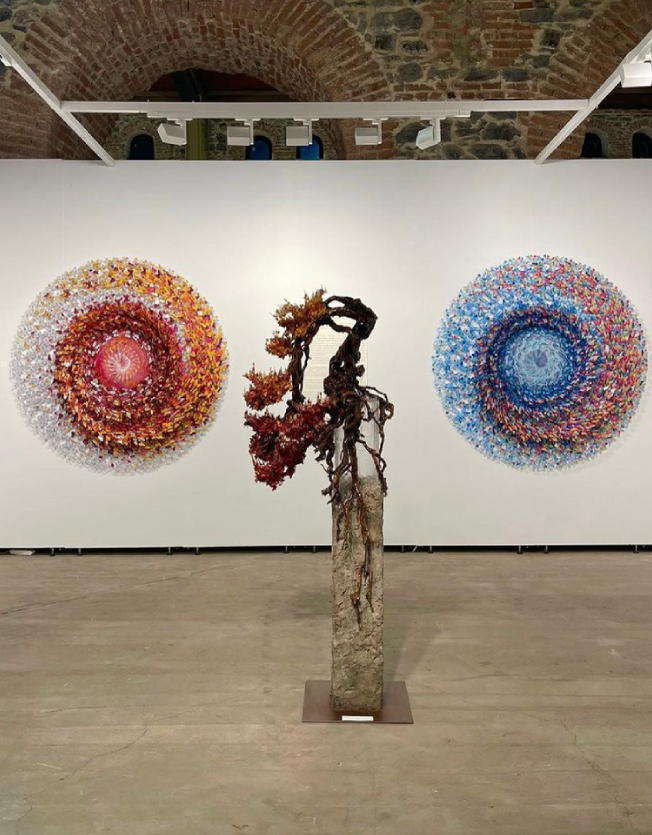The Timeless Allure of Impressionism

Impressionism, an art movement that emerged in the late 19th century, continues to captivate art enthusiasts worldwide. Characterized by its focus on capturing the fleeting effects of light and color, this blog explores the origins, key artists, and enduring appeal of Impressionism.
Impressionism emerged in France during a period of significant artistic change. Instead of the traditional focus on detailed and precise representations, Impressionist painters sought to depict the transient and often atmospheric qualities of a scene. Artists like Claude Monet, Pierre-Auguste Renoir, and Edgar Degas pioneered this revolutionary movement.
One of the defining features of Impressionism is its use of “en plein air” painting, where artists worked outdoors to capture the changing effects of light throughout the day. This approach gave birth to the vibrant and often dreamy landscapes, sun-drenched gardens, and everyday scenes that are synonymous with Impressionist art.
The enduring appeal of Impressionism lies in its ability to evoke emotion and transport viewers to a specific moment in time. The brushstrokes and color palettes used by Impressionist artists create a sense of immediacy and capture the essence of a scene, whether it’s the shimmering waters of Monet’s lily ponds or the bustling elegance of a Renoir ballroom.
Today, Impressionist art continues to be celebrated and cherished in museums and collections worldwide. Its ability to inspire and enchant viewers remains as potent as ever, making it a testament to the enduring power of artistic innovation.
Impressionism emerged in France during a period of significant artistic change. Instead of the traditional focus on detailed and precise representations, Impressionist painters sought to depict the transient and often atmospheric qualities of a scene. Artists like Claude Monet, Pierre-Auguste Renoir, and Edgar Degas pioneered this revolutionary movement.
One of the defining features of Impressionism is its use of “en plein air” painting, where artists worked outdoors to capture the changing effects of light throughout the day. This approach gave birth to the vibrant and often dreamy landscapes, sun-drenched gardens, and everyday scenes that are synonymous with Impressionist art.
The enduring appeal of Impressionism lies in its ability to evoke emotion and transport viewers to a specific moment in time. The brushstrokes and color palettes used by Impressionist artists create a sense of immediacy and capture the essence of a scene, whether it’s the shimmering waters of Monet’s lily ponds or the bustling elegance of a Renoir ballroom.
Today, Impressionist art continues to be celebrated and cherished in museums and collections worldwide. Its ability to inspire and enchant viewers remains as potent as ever, making it a testament to the enduring power of artistic innovation.


